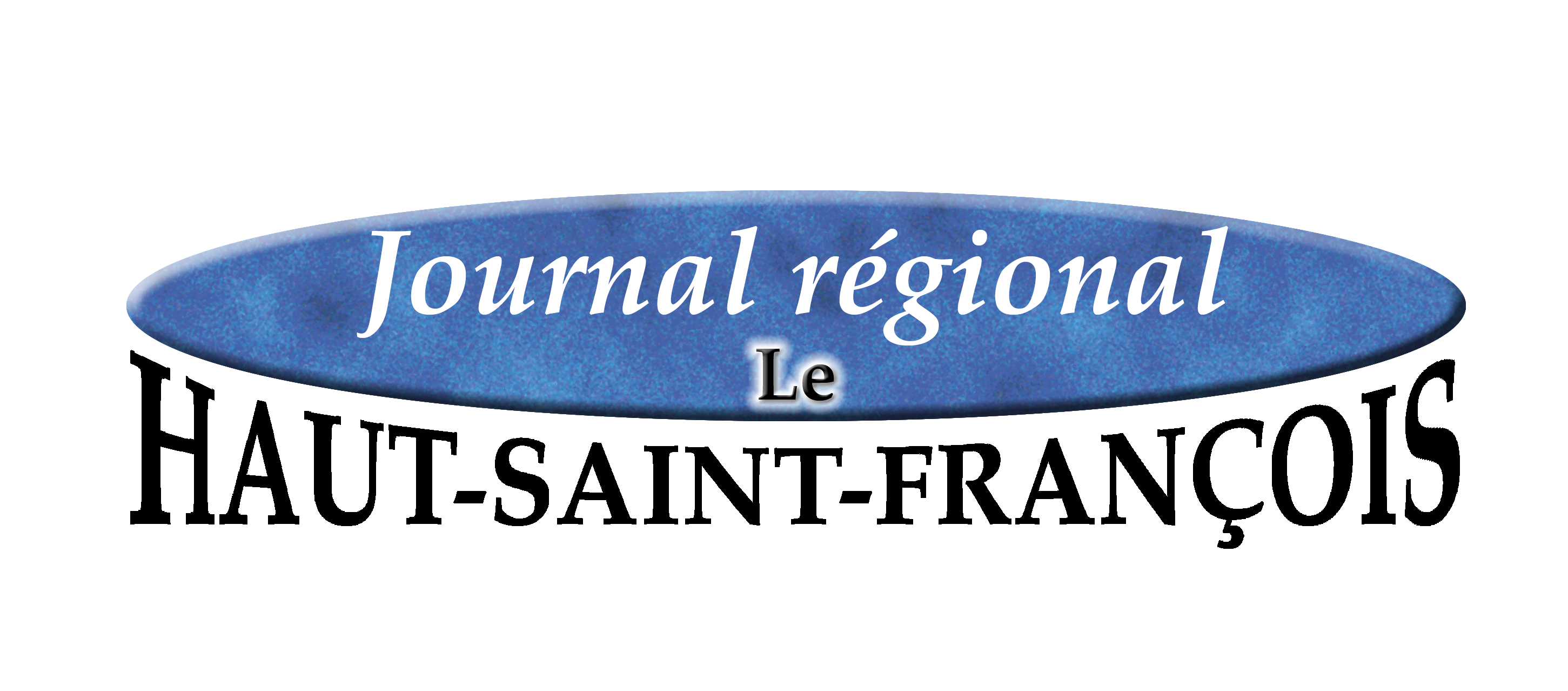Earlier this fall, an English-speaking reader called me to ask about a popular series of reports our newspaper published in French about Route 112. Her understanding of French wasn’t good enough to catch the details.
Also this year, I was told by another reader that some of her English-speaking neighbours don’t read the Haut-Saint-François due to its low English content and their lack of comfort reading in French.
We’re disappointed, of course, but I get it. Despite my own high level of bilingualism, reading in French can be enough of an effort in some cases that I don’t want to pursue it. That depends highly on the quality of the written French, which is a message to all writers about how important it is to communicate well—clearly, concisely, and understandably—in whatever language.
The Haut-Saint-François was founded as a French-language newspaper but added some English over the years to also serve and be representative of the minority English-language population. The Upper Saint Francis region’s county municipality—the MRC, as it’s known in French—has a population of 23,000, with about 11% of citizens being English mother tongue. That makes our English-speaking community total about 2500 people.
Unlike the paid-subscription Sherbrooke Record, the Haut-Saint-François is delivered to every address in the 14 municipalities of the region, as well as Saint-Malo, which asked that we distribute to it as well.
The number of pages a newspaper publishes depends heavily on its income, which itself is determined largely by the amount of advertising space clients buy in the newspaper. The more advertisements we sell, the more pages we can publish; and the more pages we can publish, the more space we have for news stories and photos. Similarly, the more space we have for that editorial content, the more room we will have for content in English.
Unfortunately, newspapers have many, many more competitors for advertising space in today’s world, be they other traditional media such as radio and television or, more importantly now, new media such as the Internet, websites, email newsletters, social media and so many other digital sources. Given that lay of the land, we are limited in how much English content we can publish. We would like to publish more, and as our income grows, we will be able to do so.
Along the way, we hope you will continue to read our regular English stories with interest, in the columns and articles by Rachel Garber, John Mackley, Corey Bellam, myself, and others. When there are stories in French only that you would especially like to see in English, continue to let us know. We also encourage you to keep reading other traditional English-language media, such as the Record, the Townships Sun, and local community publications like Bury’s Image.
Postal strike
If the postal strike is still on when we publish this issue, and you happen to be reading it, we encourage you to get an extra copy and give it to a friend, neighbour, or local business. This is our largest and last edition of the year. Without Canada Post, its distribution will be difficult, but we really hope everyone gets a chance to read it and to support our advertisers.
Thank you for your own support and interest—and thank you to our advertising customers, municipalities, federal and provincial representatives, funders, community organizations, and contributors! It has been a pleasure serving and working with you in 2024. We wish you a very happy and restful holiday season, and we look forward to connecting with you again in our first issue of the new year, January 15, 2025.



